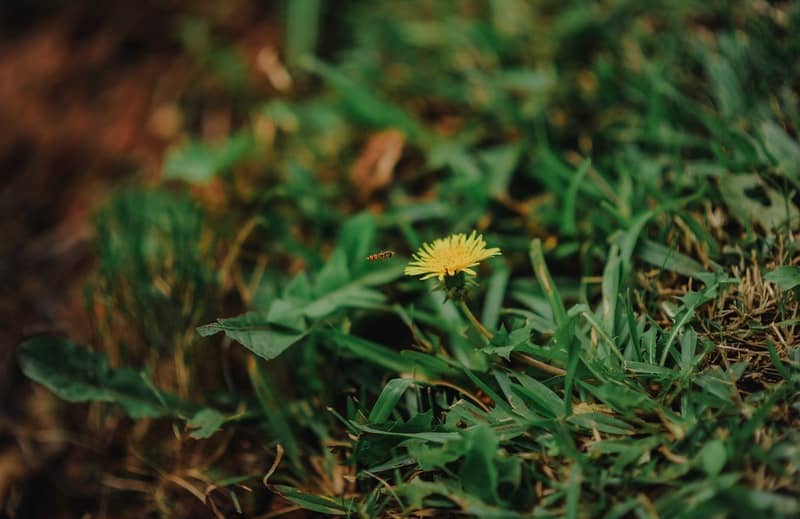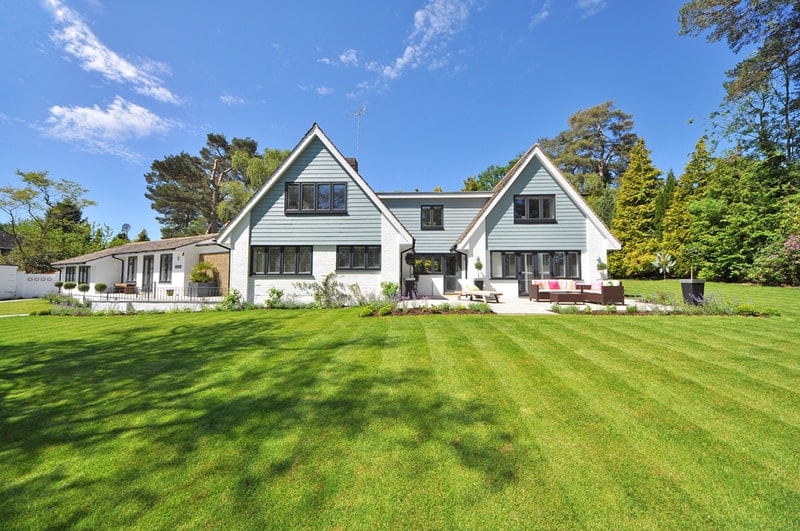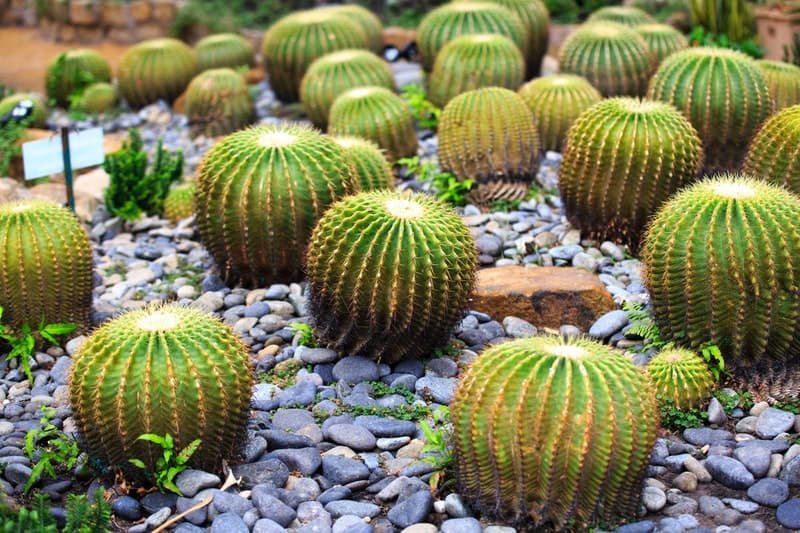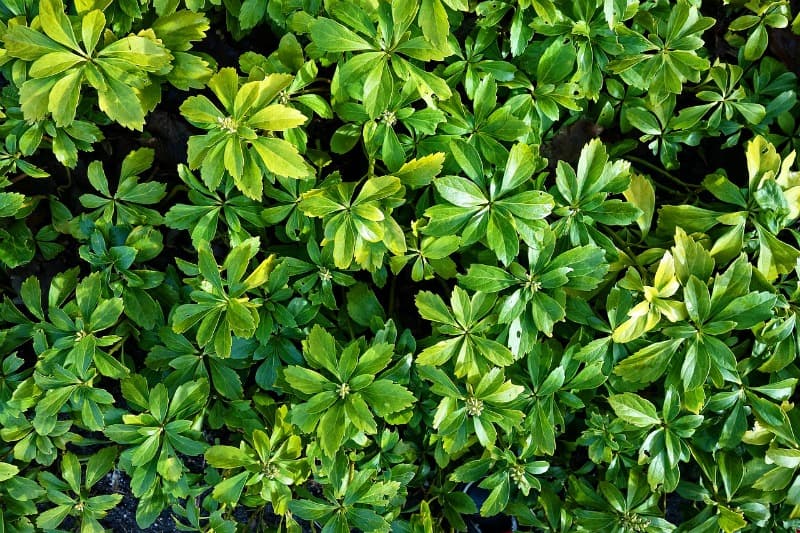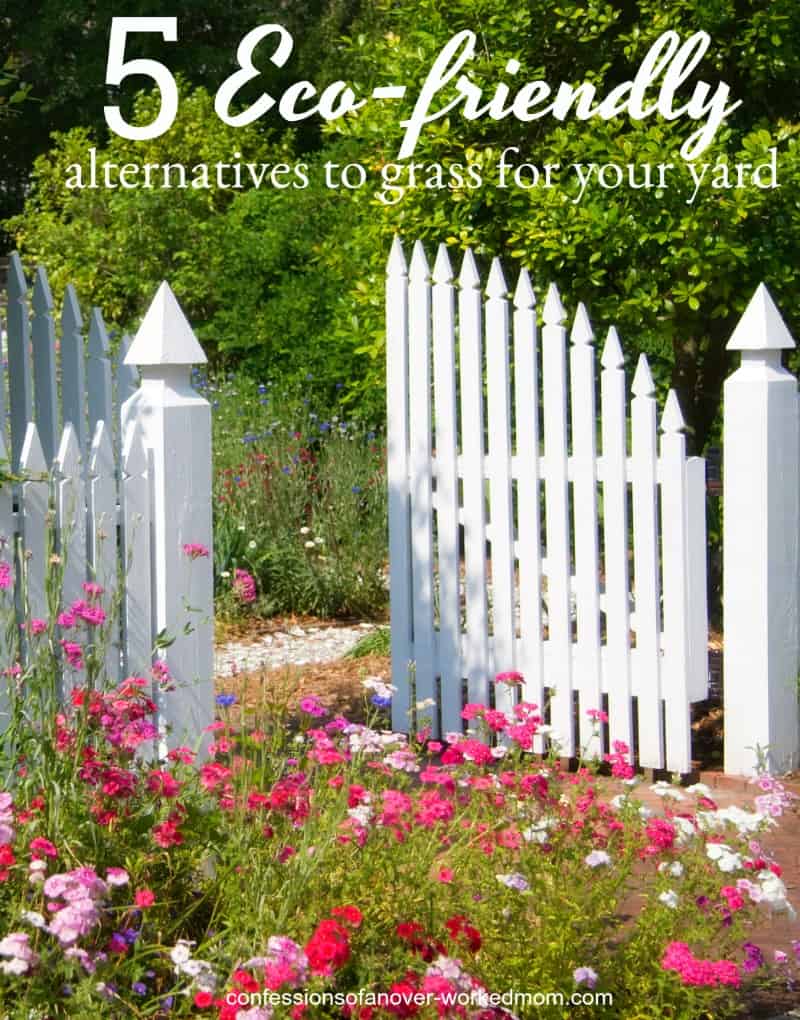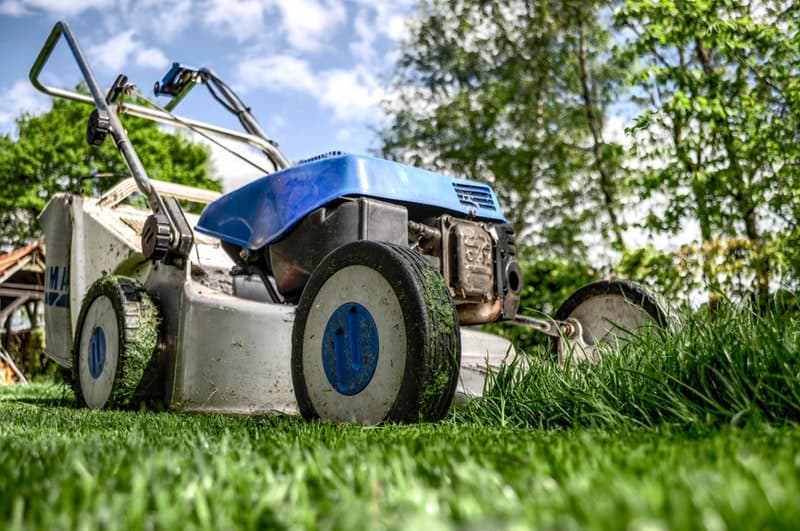Last Updated on April 3, 2023 by Ellen Christian
Have you thought about growing your own alternatives to grass? I know that grass is the traditional groundcover for your yard, but have you thought about something a little bit different? While a grass lawn may be traditional, it’s definitely not the most eco-friendly choice.Posts may be sponsored. This post contains affiliate links, which means I will make a commission at no extra cost to you should you click through and make a purchase. As an Amazon Associate I earn from qualifying purchases.
Growing Your Own Alternatives to Grass
So, in case you’re wondering why you should think about growing your own alternatives to grass, I’ll explain. First, a little bit of history. The traditional home surrounded by an acre of green grass wasn’t really a thing until the early 1900s.
Before that, you would have your crops growing near your home and whatever wild vegetation grew in between those. If you happened to have a wide-open area, whatever grew is what grew. Somewhere around the 1950s, having a lawn that was grass and weed-free became a thing in the suburbs.
Of course, it’s not normal for your lawn to have only grass. Your yard should have quite a bit of biodiversity when it comes to your lawn. There will be dandelions and clover as well as plantain, chickweed, and violets.
For those who want a weed-free grass yard, this just won’t do. And, the application of weed killers is generally the method they use to remove them. Some even go so far as to put out poison to eliminate the woodchucks, moles, and voles that dig holes and burrows in their lawn.
Unfortunately, these chemicals are horrible for the environment. They kill plants, animals, beneficial bugs, frogs, snakes, snails and a host of other things that we really need to have in our yard.
And, all of the fertilizers and chemicals wash into our water supply with the first rain. That kills the fish and everything that they need to eat. This is one of the reasons so many people consider growing your own alternatives to grass.
What are alternatives to grass?
There are lots of different alternatives to grass in backyard areas. The one that is right for you will depend on your lifestyle and where you live.
Someone in New England will have a different choice than someone in the Southwest. So, if you’re interested in growing your own alternatives to grass, keep reading.
First, you need to decide whether or not you want your entire yard to be covered by groundcover or if you will let portions return to the wild.
Or, you could even devote certain areas to ornamental grasses or a vegetable garden. Groundcovers spread easily but don’t grow tall. So, they may have the appearance of grass but not the maintenance.
- Groundcovers alternatives to grass like Creeping Jenny, Creeping Thyme, Sweet Woodruff, or Japanese Sweet Flag
- Ornamental grasses
- Evergreen moss
- Perennial flower beds with native flowers
- Artificial turf
Grass replacement options
There are quite a few grass replacement options available depending on where you live. One of the most eco-friendly options is to simply let your yard return to nature in some areas. We have a large area at the top of a hill that is very difficult to mow. So, we’ve stopped. Slowly, the lawn is returning to what it’s meant to be.
And, I’ve found that a few perennial flowers have started to grow like phlox, clover, brown-eyed Susans, and of course dandelion.
Growing your own alternatives easily
One of the best no-mow lawn alternatives is to simply stop mowing. You don’t need to have an acre of grass in your yard. Instead, you can let native grasses and flowers begin to grow as they were intended. By choosing native plants, they will help feed the animals, insects, and birds that live in your area.
And, they are more likely to grow without requiring attention like extra watering. You might want to check out this wildflower and grass seed mix.
Here in Vermont, it’s fairly easy to simply let your yard grow and have it look good with minimal attention. We have plenty of rainfall and our temperatures during the summer tend to be fairly temperate. However, if you’re in the southwest or another area that is prone to drought, it’s important to consider your options carefully.
To make an eco-friendly choice, you will need to think about the water needed for growing your own alternatives to grass. You may want to opt for ground rock, succulents, and artificial turf instead.
Related Reading

Ellen is a busy mom of a 24-year-old son and 29-year-old daughter. She owns six blogs and is addicted to social media. She believes that it doesn’t have to be difficult to lead a healthy life. She shares simple healthy living tips to show busy women how to lead fulfilling lives. If you’d like to work together, email info@confessionsofanover-workedmom.com to chat.


